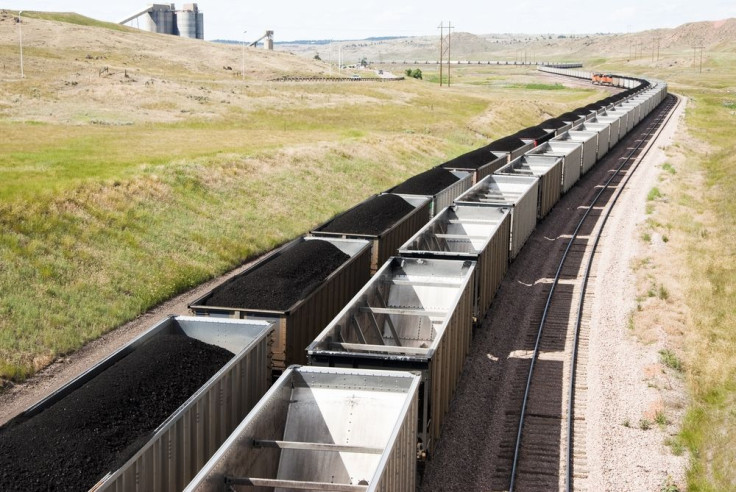Oil Industry And Railroads Shipping Shale Boom Riches Are Separated By Just An Eighth Of An Inch

Energy companies and the firms that make the rail cars carrying the flow of crude oil and other products from America's shale boom are separated by a mere 1/8 of an inch.
That's the added thickness in the walls of the steel rail cars that the manufacturers say is needed to achieve safe standards. The oil and gas industry argues that the current 7/16 of an inch thickness is adequate.
The debate is important because the U.S. is currently hammering out guidelines that will eventually set the new national standards for transporting hazardous cargo by rail.
The standards for tank cars have made national headlines after several fiery derailments of trains carrying crude in the past year, some near homes.
After several congressional hearings, the Department of Transportation (DOT) is expected to propose a new set of rules this week for White House review, including “options for enhancing tank car standards,” Anthony Foxx, transportation secretary, blogged for DOT on Thursday. Foxx was visiting Casselton, North Dakota, the site of an explosive train derailment and 400,000-gallon crude spill late last year that managed to not injure anyone.
The White House’s Office of Information and Regulatory Affairs (OIRA) will review the DOT’s proposal. The turnaround usually takes about three months, but could take longer since the regulation in dispute is controversial and costly. The public will have a chance to submit comments before the final rules are set.
"We look forward to working collaboratively with OIRA on the Administration’s proposal and initiating the formal comment process as soon as possible," Foxx said in the blog post.
The current regulation DOT-111 has been the federal standard for oil-by-rail shipping for more than a decade, and nearly all parties involved in the trade agree it needs updating. Some officials claim the crude from the Bakken Shale formation in Wyoming and North Dakota is more volatile and dangerous than other domestic crude oil.
Rail operators, oil producers and tank car manufacturers have argued without resolve for months on what the best dimensions would be to transport crude.
The American Petroleum Institute claims that the current a 7/16th inch-thick steel frame is adequate for crude shipments, while the Association of American Railroads, the rail industry's lead representative, proposes a thicker 9/16th inch frame.
The thicker tank not only would cost the companies more to buy; it also holds less crude, which adds to shipping costs.
A 7/16th inch model called the CPC-1232 has been a voluntary industry standard since 2011, and factories have sold many of the tank cars in recent years to transport crude. AAR introduced the standard after several DOT-111 derailments, but now recommends phasing out or retrofitting the older models for a minimum 9/16th inch-thick tank.
AAR estimates its proposal would phase out or retrofit about 92,000 cars built since 2011 that meet the current standard. Retrofitting the whole existing fleet of current-standard cars carrying flammable liquids would be more than $3 billion, according to the rail group.
Once the rules are final, rail companies will have to decide whether to upgrade their existing fleet or wait for tanks to be built to the new standard.
North America’s oil boom has increased rail transport of crude from 9,500 carloads a year in 2008 to 400,000 carloads last year, according to the U.S. Energy Information Association. The more oil riding the rails, the more likely spills and accidents are to occur. Only 0.0023 percent of hazardous material carloads spill or crash, according to the Association of American Railroads and the American Shortline and Regional Railroad Association. But that small percentage of accidents gets a lot of attention.
© Copyright IBTimes 2025. All rights reserved.






















